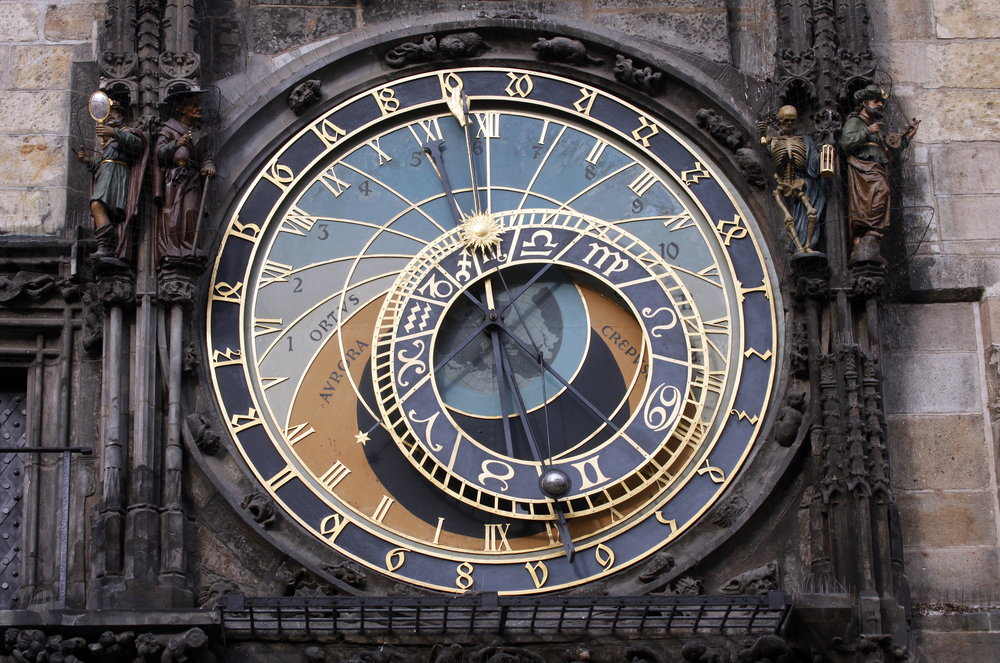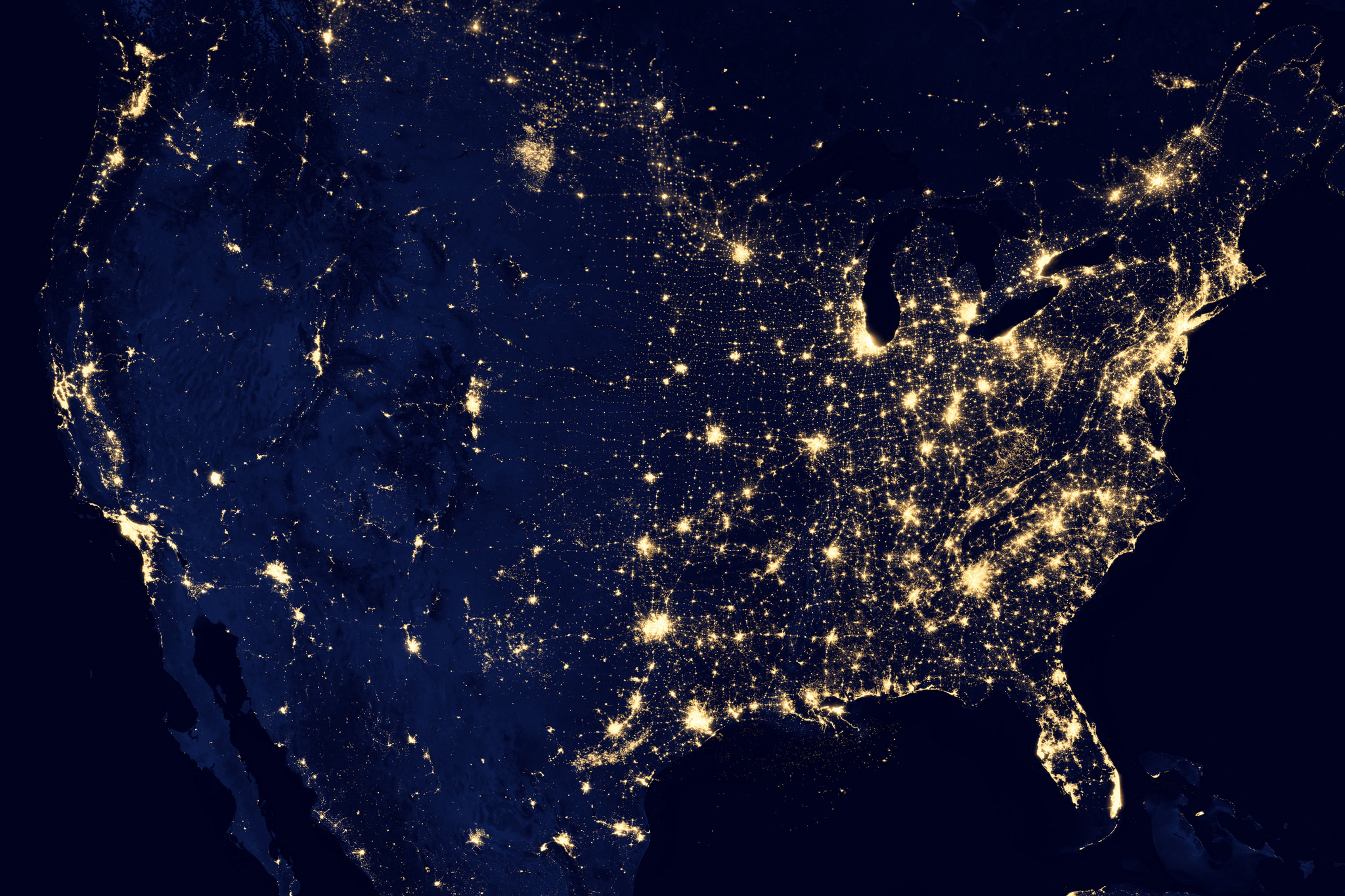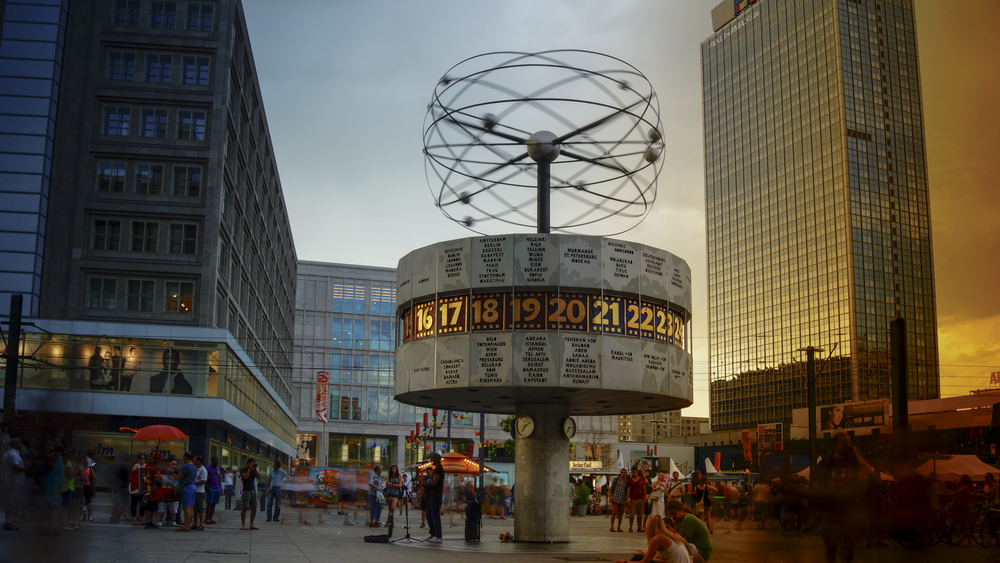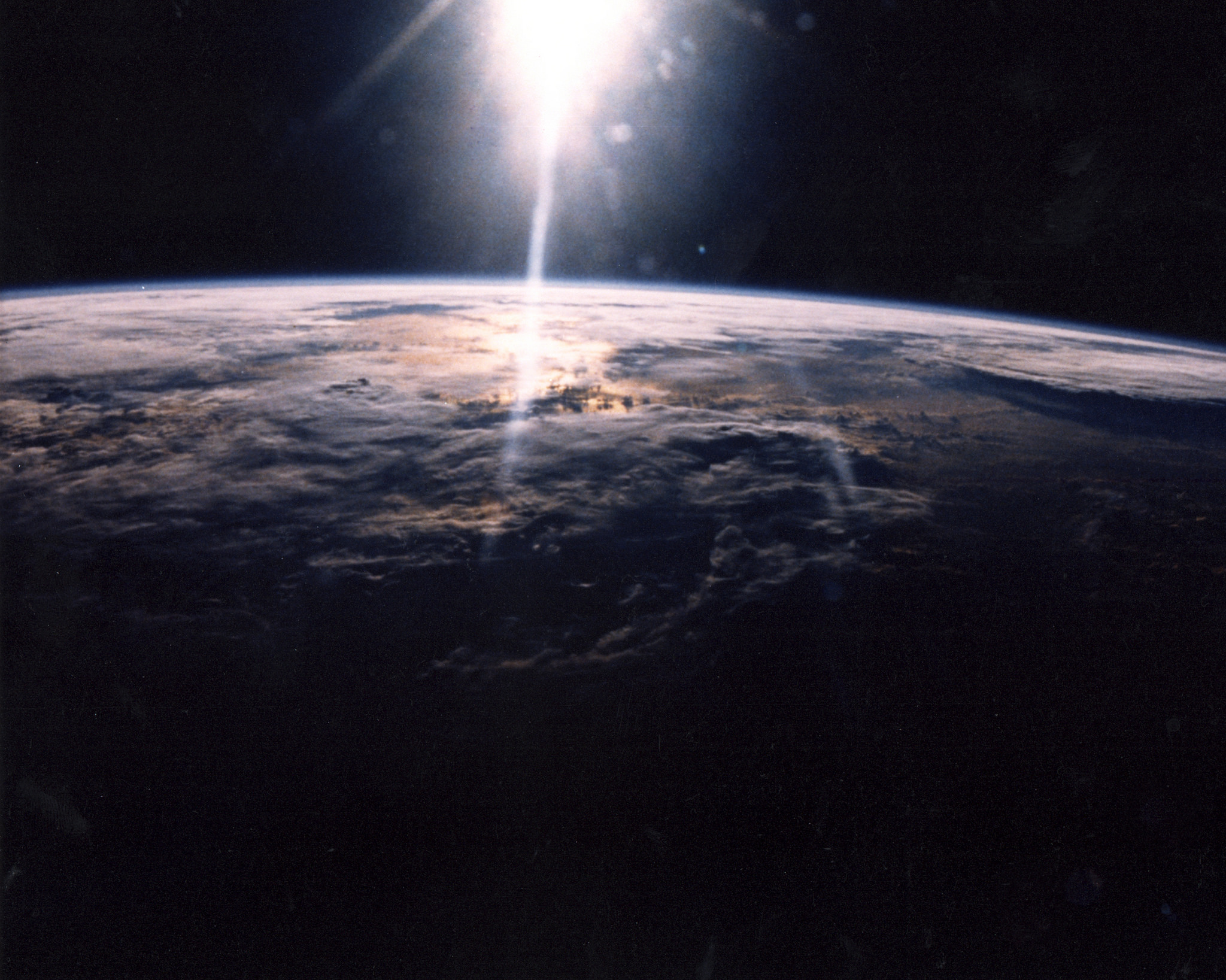As if 2016 wasn’t long enough already, it will have to hold on for one second longer than usual. At the end of the year, one second will be added to the clock, a leap second, to give the Earth some time to catch up to our man-made atomic clocks.
How time works?
Before we get into the mechanics of a leap second, let’s look at time. There are two factors that determine the Coordinated Universal Time (UTC) that the world refers to. The first is International Atomic Time (TAI) which is the time according to atomic clocks. About 200 atomic clocks around the world are used to determine the exact speed of all other clocks in the world. Basically, the master ticker.
The second factor is Universal Time (UT1) which is the Earth’s rotation around its own axis. That Astronomical Time determines the length of one day – 24 hours or 86,400 seconds.

The problem here is that one measure of time is precise and consistent while the other isn’t. Atomic clocks are mechanical, they tick consistently for hundreds, even millions of years. The Earth, however, is natural. It can slow down or speed up due to various external factors. Most of the time, the Earth is slowing down. Because of that, there are minute differences between UTC and UT1. When the differences accumulate to 1 second, a leap second is added to give Earth a chance to catch up with the atomic time.
The first leap second was added in 1972. At that point, UTC was already 10 seconds behind Atomic Time since the Earth has been rotating for billions of years, and we humans have been keeping time for thousands of years without adjusting for Earth’s slowing rotation. Since 1972, a total of 26 leap seconds have been added because the Earth has slowed down another 26 seconds since 1972.
This means that, as of now, the difference between International Atomic Time and the Coordinated Universal Time are 36 seconds apart. Starting January 2017, that gap will be 37 seconds.
When do we add a leap second?
Now, get your thinking caps on because we’re about to get into some nifty maths.
According to calculations by some very smart people, the Earth has slowed by about 0.0015 to 0.002 second per day per century. This means that it takes about 100 years for Earth to add 0.002 seconds to its axis rotation. After 100 years, the days go from 86,400 seconds long to 86,400.002 seconds long.

When you look at it like that, it’s not that big a deal, right? You wouldn’t even notice it. However, the effect is cumulative. So the second day becomes 86,400.004 and the third will be 86,400.006 and so on. This adds up and after 1.5 years, the difference becomes 1 whole second. That’s when we add a leap second to our clocks.
The International Earth Rotation and Reference Systen Service (IERS) will announce, about every six months, if we need to add a leap second depending on how much Earth’s rotation has shifted. As mentioned above, though Earth is usually slowing down, it can speed up as well. The Fukushima earthquake in 2011 resulted in the the Earth speeding up, shortening the day by 1.6 millionth of a second.
The leap second is usually added at the end of June or December of any given year. The last leap second was at 23:59:60 on June 30, 2015.
Why is this important?
If you think adding a leap second every once in a while is an unnecessary practice, you’re not alone. Many organisations around the world feel the same way. Right now, all clocks around the world are based on the UTC, a standard used since 1972. Continuing to add leap seconds to clocks every 1.5 years or so is a hassle, especially for the telecommunications industry.
The International Telecommunications Union (ITU), which governs certain issues related to time, have talked about ending the practice. However, just last year they announced that they wouldn’t abolish it just yet and will continue to study the matter, at least until 2023. At that point, they will reconsider the option after analysing various reports.

But, if the ITU decides to stop adding leap seconds, eventually our atomic clocks and the Earth’s axis rotation will be out of sync. Granted, it will take a very, very long time for the asynchrony to affect us, but eventually, 12pm will occur in the middle of the night. But like I said, it’ll take a very long time before that happens.
Leap seconds in different time zones
The leap second is added to the UTC, so only areas that follow the UTC will have to add the leap second to the last minute of 2016. The UK, Ireland, Iceland, Portugal, Morocco, and Ghana will experience 31st December 2016, 23hr 59m 60s before heading into January.
For the rest of the world, the leap second will be added to the corresponding local time. For us in Malaysia, that’s UTC+8. So the leap second will be on 1st January 2017, 7hr 59m 60s. I find some comfort in knowing that my 2016 won’t be any longer than usual. It’s been one hell of a year.
"ExpatGo welcomes and encourages comments, input, and divergent opinions. However, we kindly request that you use suitable language in your comments, and refrain from any sort of personal attack, hate speech, or disparaging rhetoric. Comments not in line with this are subject to removal from the site. "





















